Last Updated on May 1, 2023 by Jeremy
Disclaimer: Our site uses demographic data, email opt-ins, display advertising, and affiliate links. Please check out our Terms and Conditions. Pricing, operating hours, or menus may have changed since our initial visit and may not be reflected in subsequent updates. Please confirm these directly with any business or attraction prior to visiting.
If you’ve been following us on social media for a while now, you have likely seen us post about the Bayernhof Museum in O’Hara Township. This gorgeous mansion was once the home of Charles Brown III, a local business owner who created a rather unique property full of intricate designs, an observatory, an underground cave, and more and began collecting self-playing music machines for good measure.
The house is now open for tours to see all of these great highlights, and we have visited several times over the years as there is always something new to see at this hidden gem.
In this interview, we are fortunate enough to have not one but two interviewees! Dave and Johnny are members of the board of the Bayernhof Museum, managing the trust and upkeep of the property, and were close friends of Charles Brown III with many stories to tell.
Note: Historic photos included in this post were taken by Johnny and are shared with permission of the Bayernhof. More recent photos were taken from one of our many visits to the museum.
1) When did the Bayernhof get constructed and when was it ultimately turned into a museum?
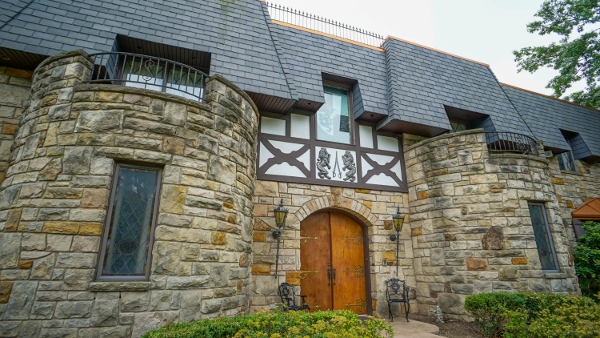
Dave: We always say the house was built from 1976 to 1982, but I don’t actually know if that is accurate. I first came to the house in July, 1986, and from what Chuck told me during that visit, the house was just recently completed. It was turned into a museum when he died in June, 1999. We opened for business around July 1, 2004.
Johnny: Construction of the portions of Bayernhof as you see it today covered the years of 1976 to 1981. There were other unfinished phases that occurred later that you hear about on the tour that occurred primarily in the 1990s, which included the lake, the gazebo, and the castle. For safety and cost reasons, they were removed prior to the museum opening. Conversion to a museum from a personal home, which included typical home improvements generally covered the years of late 1999 through 2004.
2) How did you first meet Charles (Chuck) Brown III, and what prompted you to work at the Bayernhof?
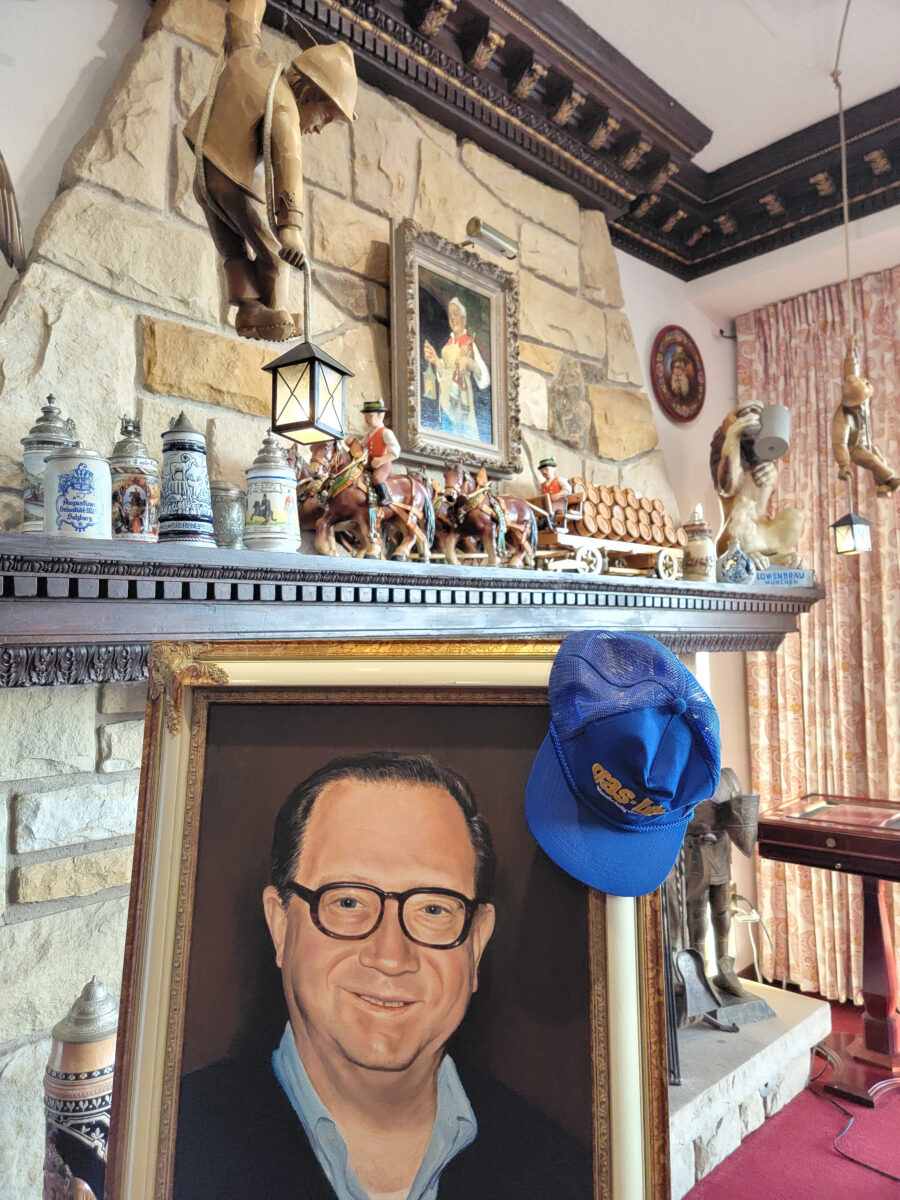
Dave: I met Chuck because his attorney at the time (Al Slater) called me at my bank in Berlin, PA and asked me if we were interested in any new customers. New customers are always wanted so I said yes and Slater told me he had a client in Pittsburgh who wanted to borrow $60,000.00. Slater invited me and MaryAnn to Chuck’s house for dinner on a Saturday night in July, 1982.
I met Chuck, toured the house, made him the loan, and over the next several years, I became his banker, his unofficial lawyer, his confidant, and his good friend.
I never had any intention to work at Bayernhof. In February, 1998, Chuck had a new will prepared. He asked me for advice on a will and I sent him to Keith West, a widely recognized expert on estate law. Chuck also asked me if I would serve as the co-executor of his estate (Kathy Martin was the other co-executor) and I told him I would.
Keith prepared the will and the trust document. Both Kathy and I knew there was a trust instrument associated with the will, but we both thought the trust was being set up to dispense the estate assets to Chuck’s family when he died. We also knew there were a total of 6 trustees and all of us signed the trust documents, but we never actually read the Trust Agreement.
Chuck died very unexpectedly at age 64 and at that point, I found out about the Foundation and the Museum. In the trust documents, Chuck provided that I was to be Chairman of the Board of Trustees for a two year term and to serve for additional two year terms for as long as the Board continued to elect me. Once the surprise passed, I agreed to be the Chairman because Chuck was my friend, I had told him I would be the executor of his estate, I wasn’t working anyway, and I had absolutely no idea just what was going to be involved in getting the house and the music machines in shape and approved for a museum.
I think Chuck wanted me to be chairman because he was pretty certain I would see that the Museum became a reality.
Johnny: I first met Chuck when I was 2 years old, when my parents moved into the neighborhood that he grew up in. He was as much of a character back then as shows through with the home he created decades later. I used to cut his mother’s grass when an early teen, and as a later teen as a summer job, I worked briefly at his business, and then he moved me up to the Bayernhof construction project, initially as a laborer. It was good money for a young person, and a great learning experience.
3) How did Chuck start first collecting self-playing music machines and why?
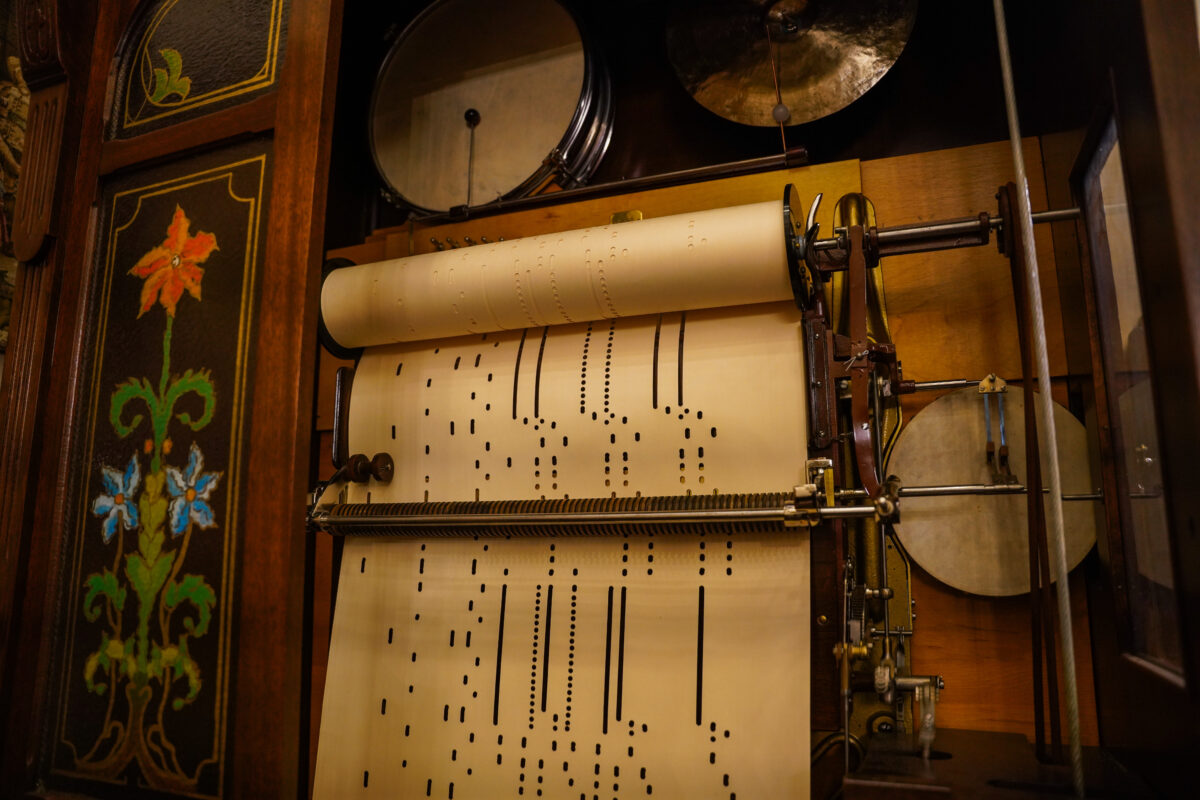
Dave: I don’t know how or when he started collecting music machines. The majority of the most expensive machines were purchased after he died and after the Museum was in operation.
4) We love that the museum has expanded its music machine collection to this day, what kind of machines do you look to buy and what is one machine that is on your must-have list?
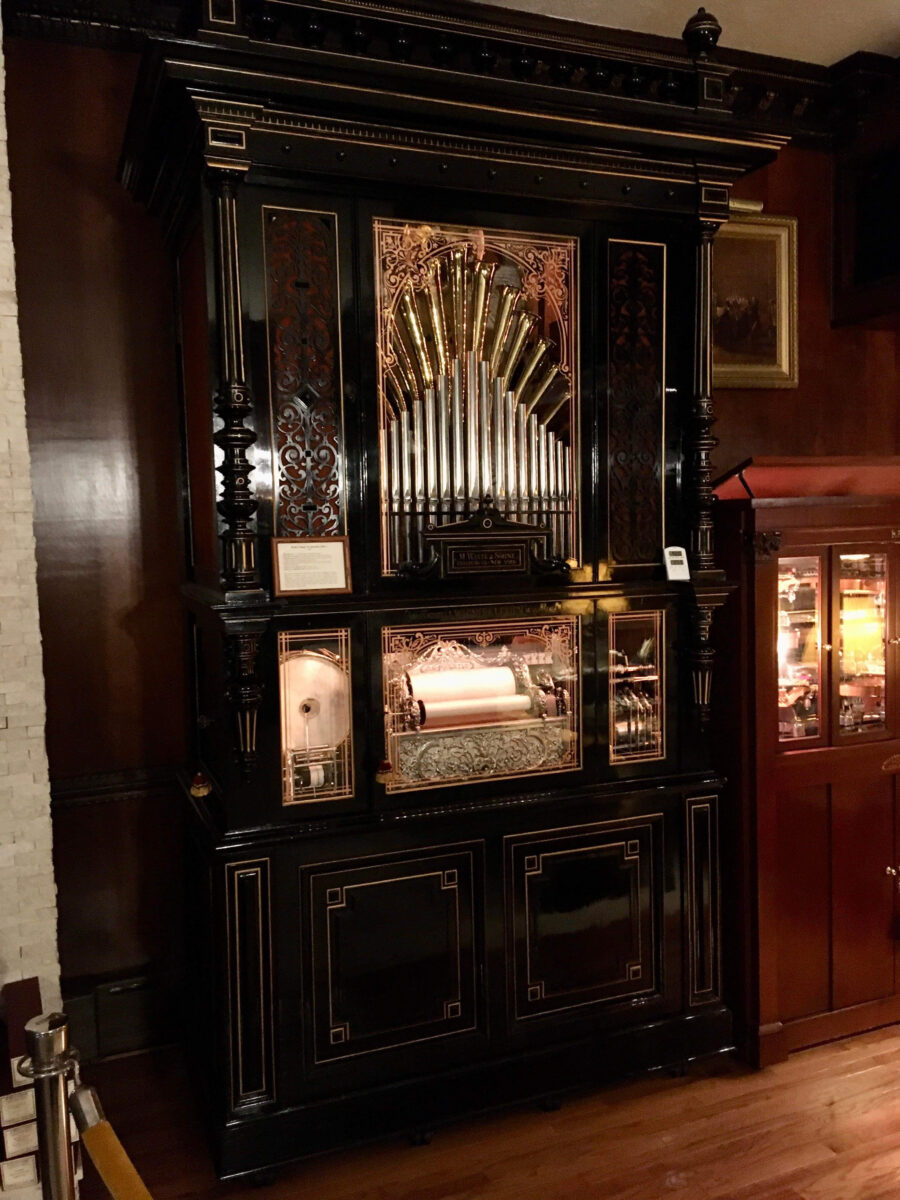
Dave: The Museum has all the machines it can reasonably display. Several years ago, the Board made a decision that the goal of the Foundation was to make the collection as unique as possible and that before a machine would be added to the collection it would have to be determined that it was very rare and either in restored condition or capable of being completely restored. We don’t want our collection to be the biggest antique automatic music machine display in America, just the most unique.
5) Do you have a favorite machine you’d like to take home with you if you could?
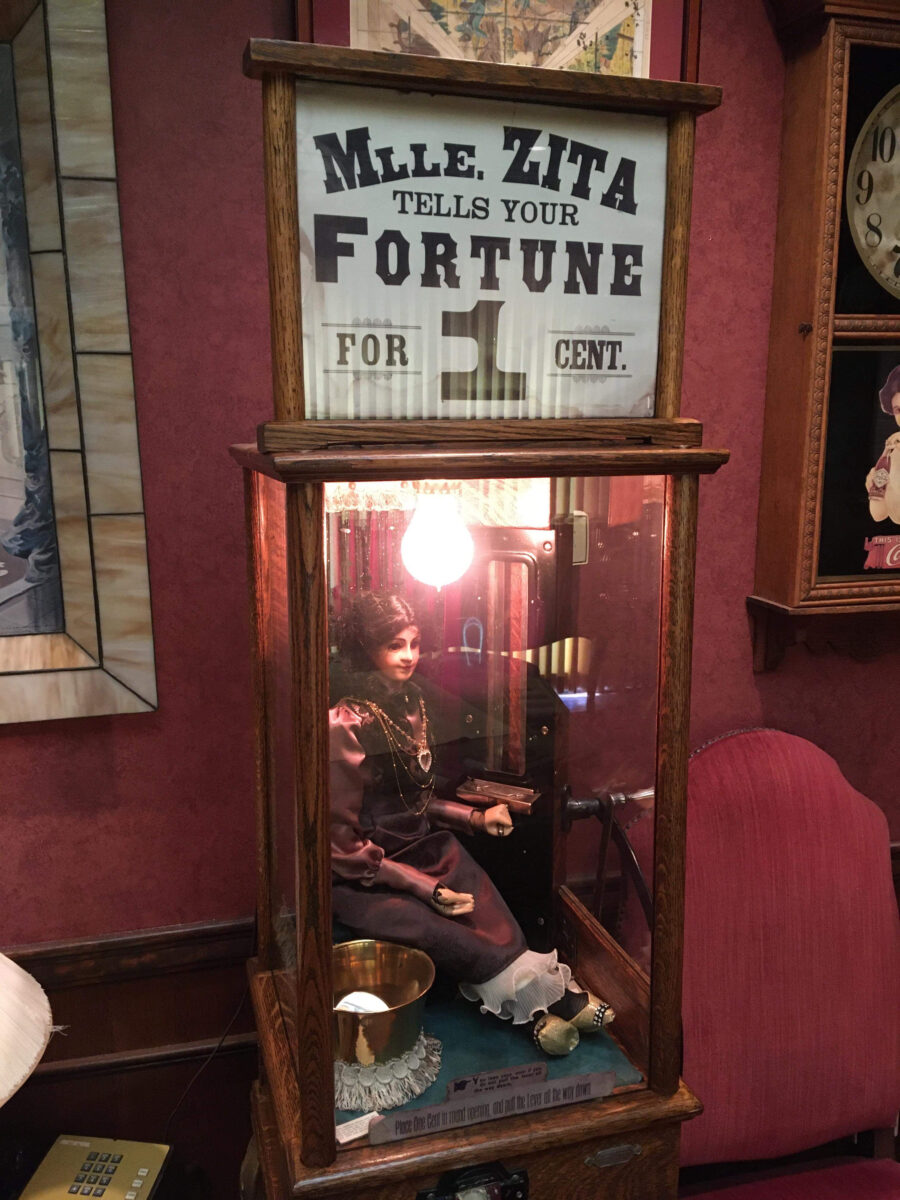
Dave: My favorite machine is the Welte and my favorite roll is “Irish Folk Tunes”. This music roll contains much of the background music for many of the old John Wayne cavalry movies.
Johnny: My two favorites are Madam Zita fortune teller, and the Rivenc Bird Music box. While there are many more-impressive and complex items, these both are rare, intricate, and and reasonably sized to fit in a normal-sized home. My favorite non-music machine that I’d like to take home is the telescope, which I’ve actually used a lot.
6) On the tours we hear so many amazing stories of Charles in the house, but what has been the most interesting tour experience you have had?
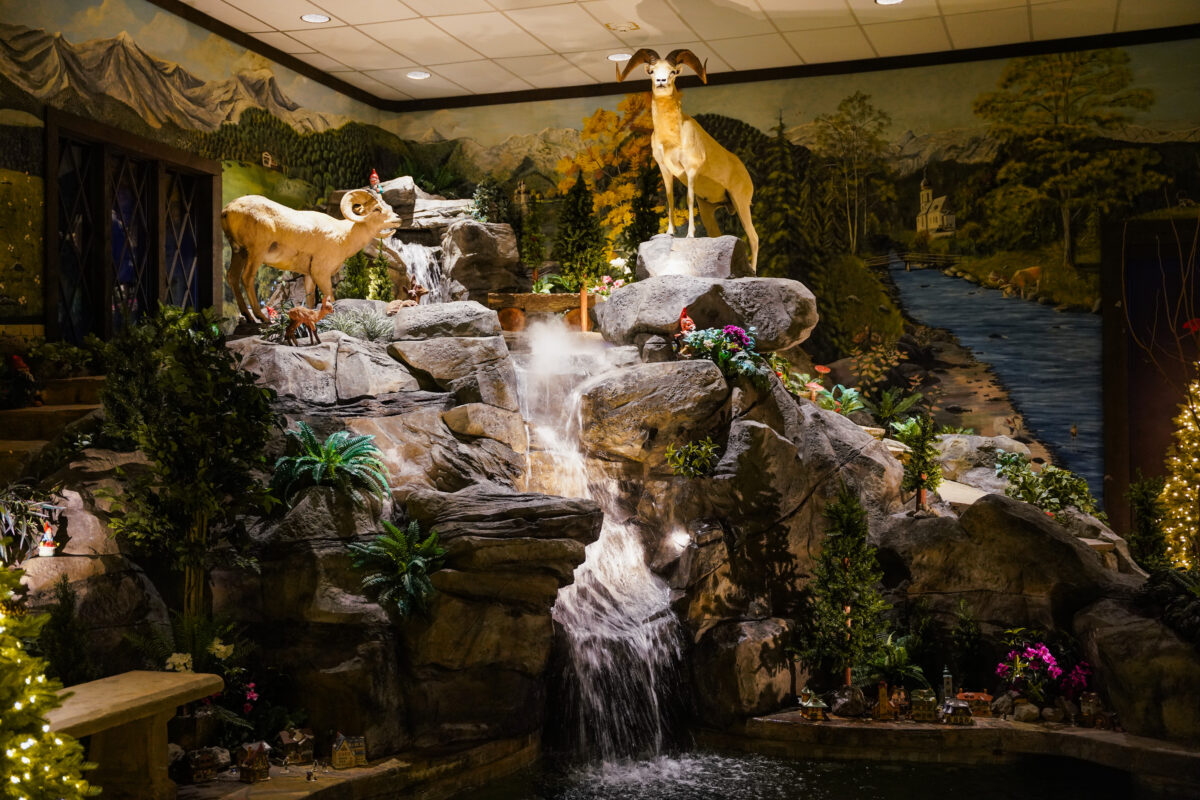
Dave: Our tours normally take 2.5 hours, more or less, but because there is so much to see, many times our guests say the tours are too short. I very seldom do tours, but one Saturday two years ago, our curator had scheduled two tours and then discovered he had a family conflict with the tour times.
I never like to cancel tours so I told him I would do the tours. After 3.5 hours, all 12 guests from the first tour were still in the house and I had a second tour starting in 30 minutes. We were all having a good time but I told the first group they had to leave and I was throwing them out, and when they filled out the survey cards, all 12 said the tour, at 3.5 hours, was too short.
Johnny: Before the house was even finished, Chuck hosted a party for over 50 mayors from throughout Germany who were in the US for some kind of convention.
It was such an important event that (for you long-time Pittsburghers), it was attended by Bill Burns of KDKA tv, and Pittsburgh Mayor Richard Caliguiri. I was in charge of giving the tours. I recall that few of the mayors spoke fluent English, and we served up 80 bottles of champagne at the event, so hardly anybody knew what I was talking about, and nobody cared about the language barrier on bit! It was a total hoot for everyone.
BTW, if you are ever touring Bayernhof in the future, there is a scroll hanging on the wall to the left of the door going into the Canning Kitchen that almost everyone at that party signed.
7) We also hear about the restoration efforts to get the music machines in working order. Do you have a favorite story about a unique or particularly challenging restoration?

Dave: In the entrance hall at the Museum there is a machine known as a Polyphon Orchestrion. It sat in the entrance hall for years in terrible condition. I actually thought it was more or less junk and even mildly considered throwing it away. One day, one of the people who did a substantial amount of restoration work for the Museum was on site repairing another machine and I casually asked about this machine. He gave it a closer look and immediately recognized it as an extremely rare piece.
The restorer, Roger Puls, explained that there were very, very few of these machines left in existance and he was convinced it could be brought back from the dead. He did a magnificent job of completely restoring the Polyphon and of hand cutting a new book of music for the machine. We now have reason to believe our machine might be the only one of this model in existence – and I thought it was just junk.
8) We personally have been on the tour of the Bayernhof four or five times now, and we know others who have taken the tour many times. What do you think draws visitors back again and again?

Dave: Visitors return many times because there is just so much to see and hear that there is no way to “get it all” in one visit. Also, different tour guides tell different stories and depending on if and how well the guide knew Chuck, there can be extra insight into what made Chuck tick.
9) For those who want to book a tour, what details should they keep in mind?
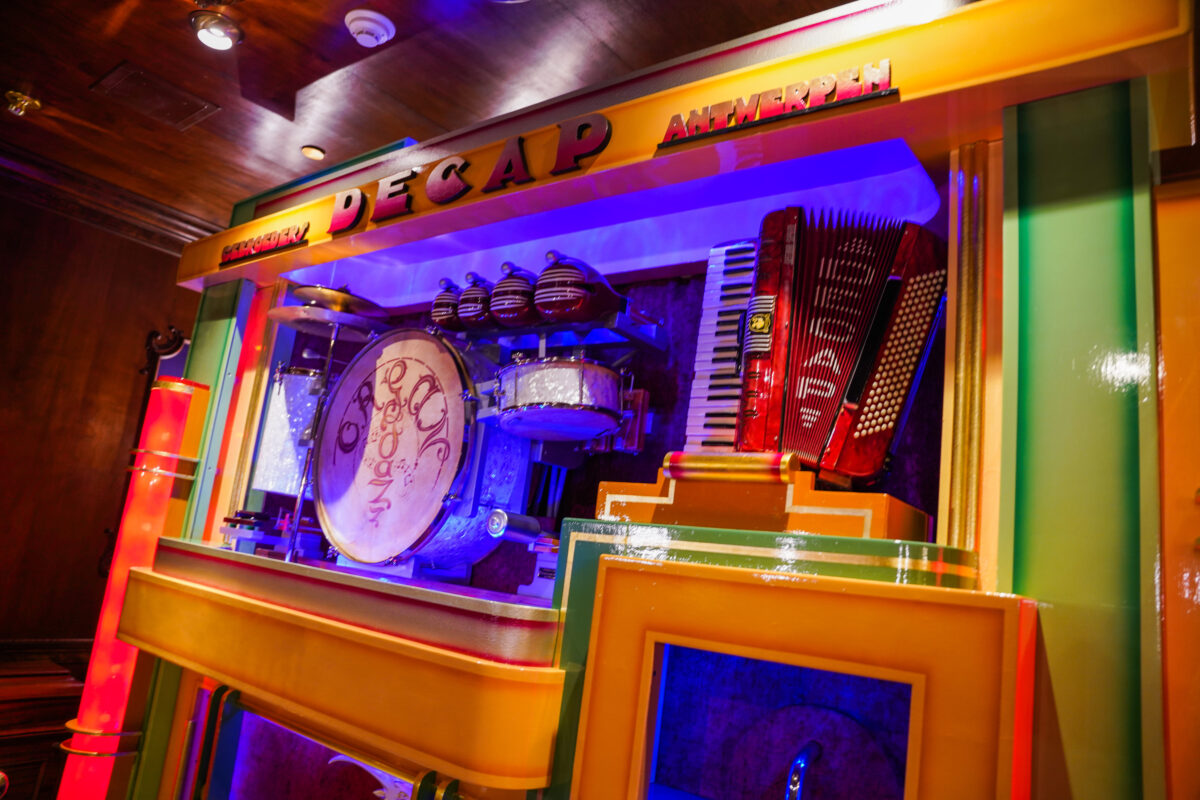
Dave: Booking a tour is really simple: just call 412-782-4231, leave your name and phone number, and someone will promptly call back. The tours in the highest demand are normally on Saturday and Sunday, so if you want to come on those days it is best to book the tour as far out as possible.
It is essential to understand that all guests MUST be able to stand, walk, and go up and down stairs. The tour will take a minimum of 2.5 hours and although there are places where the guide will invite guests to sit down, the tour can be a bit of a challenge if the visitor is not in walking shape. All guests must be at least 12 years old. The price of a tour is $10.00 – less than a movie ticket and much more fun.
10) Finally, we love pointing our readers to find new things, so what is one unique Pittsburgh museum or house tour you love to visit?
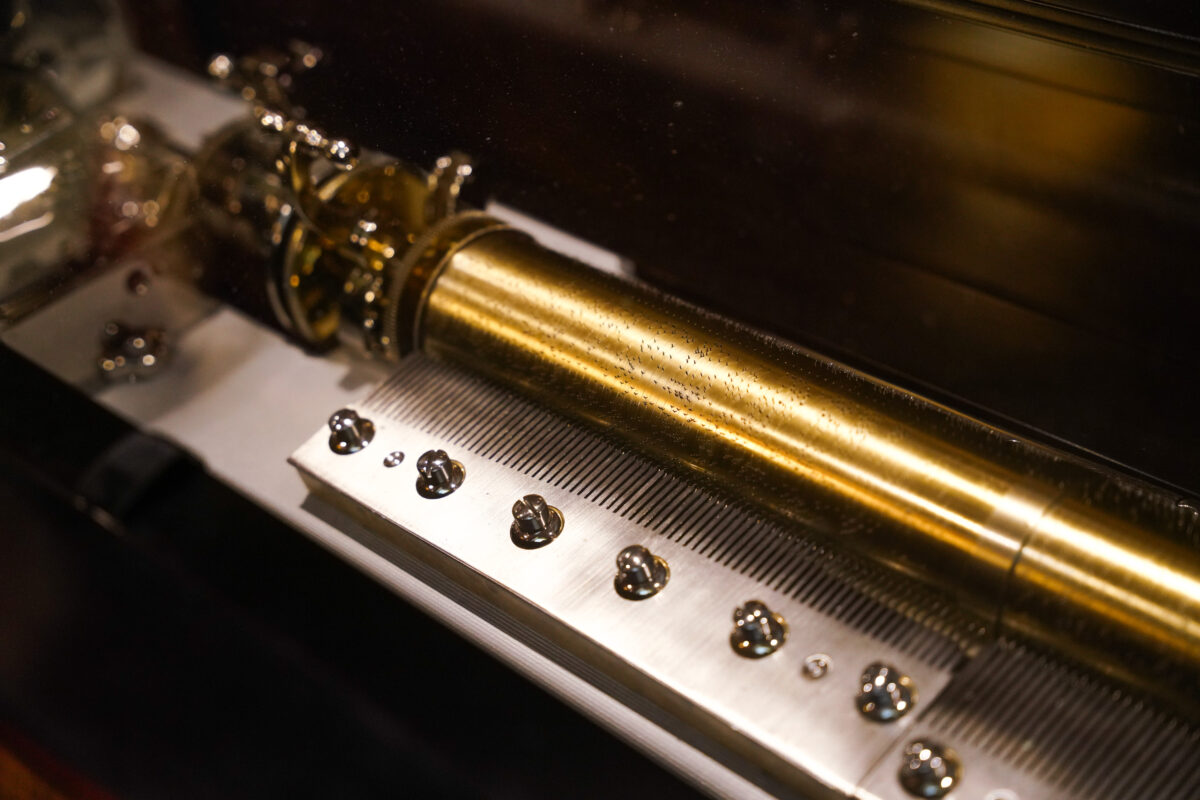
The whole point of bringing this up is that sometimes museums are as interesting for the small reasons and the behind the schemes aspects as they are for the big displays. Having been around Bayernhof for so long, it is loaded with little things that have interesting stories behind them, that usually get lost in the overload of it all. The message here is, in almost any museum, try to notice the little stuff too.

